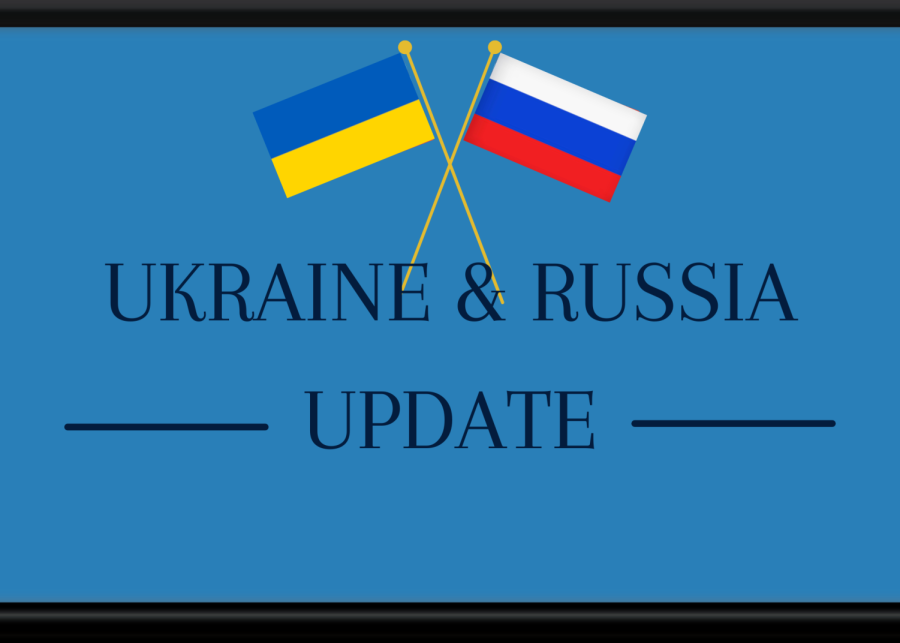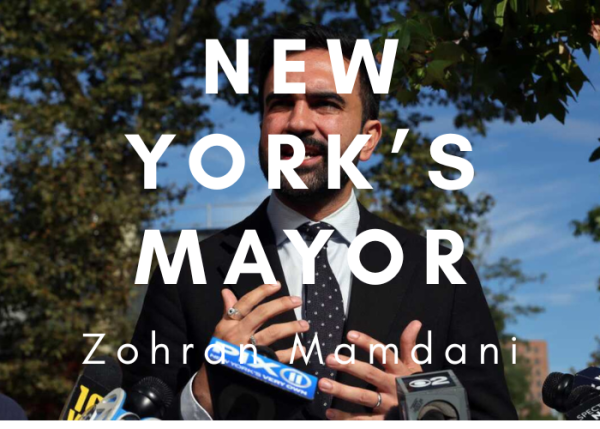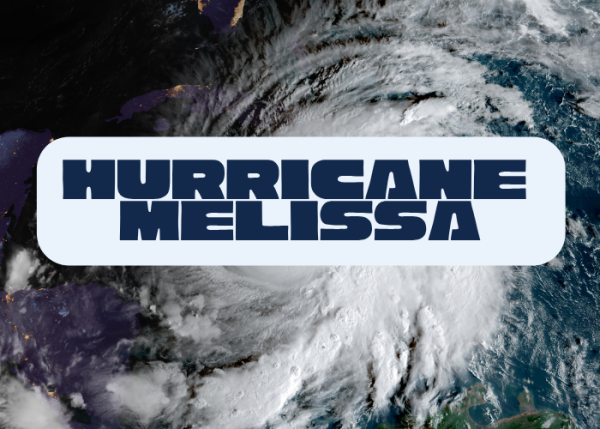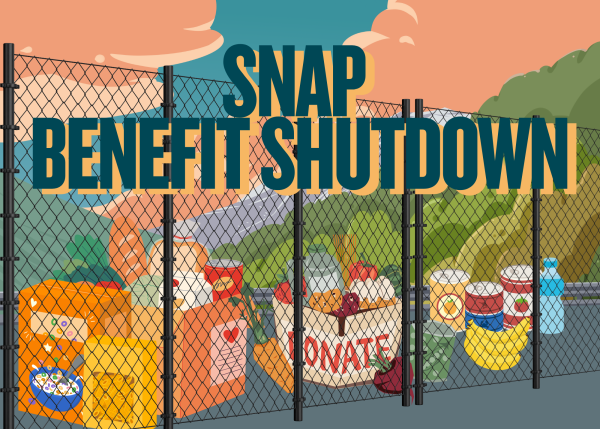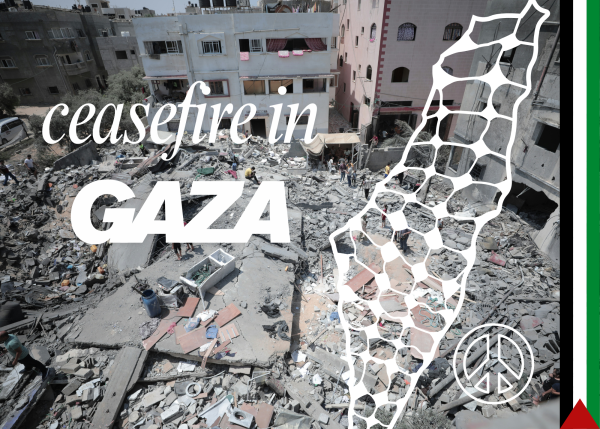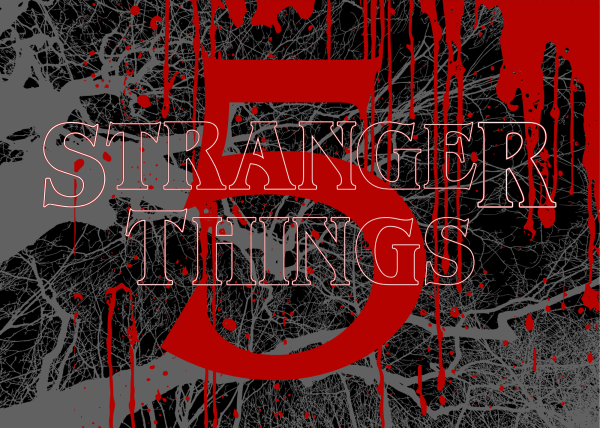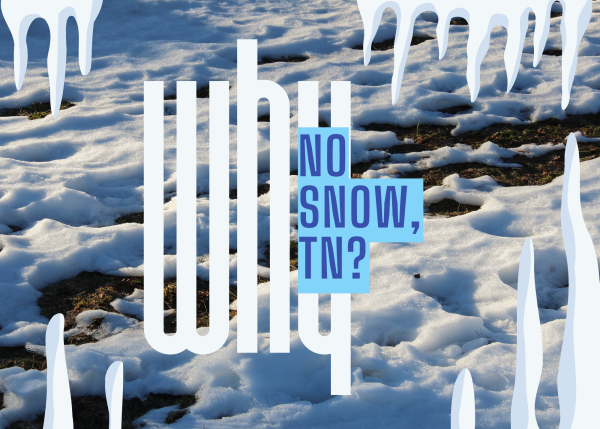Ukraine-Russia Crisis: What is Happening?
Ukraine and Russia
On February 24, just a mere four days after the 2022 Winter Olympics ended, Russia’s troops that had been gathering along the borders of Ukraine since October invaded Ukraine.
In December 2021, Russia had made demands to the United Nations (UN) and the U.S. to guarantee the security of the Russian Federation. NATO declared these demands “unacceptable” and declined. Western countries warned that Russia was preparing to invade Ukraine. Ukrainian president Volodymyr Zelenskyy called for additional aid.
At this point, the U.S. and other NATO (North Atlantic Treaty Organization) allies began warning Russia of severe sanctions if they were to invade Ukraine and sent additional weapons to Ukraine. Late February, U.S. troops settled in NATO countries surrounding Russia and imposed sanctions on the Nord Stream 2 gas pipeline.
On February 24, during a United Nations Security Council meeting, Putin announced a full-scale air, land, and sea invasion of Ukraine. Zelenskyy declared martial law and called upon “everyone with battle experience” to defend the country. On the first day, 137 Ukrainians were killed.
“I’m here. We won’t lay down our arms. We will defend our state,” stated Zelenskyy.
Russian citizens were protesting their government in support of Ukraine. In response, Russia restricted social media and internet access. Despite claiming to target only military powers, within the first four days Russia had bombed Kyiv, the capital city, and the residential districts of Kharkiv.
On February 28, 2022, Switzerland broke a two-century long declaration of neutrality and imposed sanctions upon Russia. Sweden, a largely neutral nation, has also sent military aid to Ukraine.
On March 4, Russian troops captured the Zaporizhzhya Nuclear Power Plant, the largest nuclear power plant in Europe, causing blackouts. This capture prompted China to break its silence, urging “all sides to exercise restraint” for the safety of the nuclear facilities. Ukraine’s foreign minister, Dmytro Kuleba, warned that if a nuclear disaster was to occur at Zaporizhzhya, it would be ten times larger than the tragedy of Chornobyl.
March 5 cease-fire talks failed within hours as Russians bombed cities that were evacuating civilians. McDonald’s closed restaurants in Russia but continued to pay workers their salaries on March 8.
Chornobyl lost power on March 9. The same day, a maternity hospital suffered a “direct strike” from Russian forces. Pope Francis described this invasion as a “massacre” on March 13, calling for an end to the war.
On March 15, two American journalists from Fox News were killed outside of Kyiv. Russia banned Facebook and Instagram on March 21 for “extremist” activities. On March 25, President Biden visited troops and Ukrainian refugees in Poland.
Russia announced that it would refocus attacks from western Ukraine onto eastern Ukraine, but just one day after, March 26, explosions were reported on the western city of Lviv.
On March 27, a Ukrainian Holocaust memorial was damaged by Russian military. An independent news outlet, Novaya Gazeta, was suspended as a result of warnings from Russia’s media regulator on March 28. On March 29, Russia announced that it would reduce attacks on Kyiv and Chernihiv.
Russian troops withdrew from Chornobyl on April 1. Once again, Russian and Ukrainian officials met to discuss a potential cease-fire during constant barrages on Ukrainian cities. Lithuania became the first country in the European Union (EU) to ban fuel imports from Russia on April 3.
On April 6, Russian forces left northern Ukraine to focus attacks on Mariupol. Pink Floyd announced a new single to raise money for Ukrainians on April 7. On April 8, Russia bombed a train station of Ukrainian civilians, killing 52 people.
On April 9, the UN voted to suspend Russia from the Human Rights Council. A top prosecutor in Ukraine uncovered 5,600 cases of alleged war crimes with 500 suspects on April 10.
Western nations sent more aid to Ukraine, including $800 million in U.S. military equipment on April 13. On April 14, Ukraine reported that they struck a Russian flagship, Moskva, with Neptune missiles. Russian officials confirmed that it sank, but they still deny Ukrainians were behind the attack.
As of April, the conflict had caused over 2,500 civilian causalities and four million refugees to flee Ukraine.
Over 600 companies have withdrawn all non-essential operations from Russia, on top of American sanctions.
At both the Oscar’s and Grammy Awards, celebrities were seen adorned with supportive ribbons of blue and yellow for the colors of the Ukrainian flag.
Ukraine is still calling for all the help they can get in the form of military aid, donations, shelter for Ukrainian refugees, etc.
Since then, the war in Ukraine has continued to unfold, causing more than seven million people to flee to the borders of neighboring countries.
It has been more than 200 days since the start of the war, and Ukraine continues to fight against the Russian forces.
On May 20th, Russian forces shattered Mariupol, a port city and industrial hub on the Sea of Azov, due to weeks of bombardment that killed thousands of civilians. Consequently, the last Ukrainian fighters surrendered to Russian forces and the fighting ended with a siege of the Azovstal Iron and Steel Works plant, which became a symbol of Ukrainian resistance.
On June 30th, Ukrainian forces raised a flag over Snake Island, a piece of land in the Black Sea that Russian forces had captured at the start of the conflict, exposing Ukraine’s coast to missile attacks and a potential ground invasion. By driving Russian troops from the island, Ukraine eased the threat to Odesa, a coastal city in Ukraine, which helped decrease Moscow’s aura of naval power.
On July 3rd, Lysychansk, the last city under Ukrainian control, fell to Russia. In the weeks that followed, however, Russia made only minimal progress at capturing the rest of the eastern region of Ukraine.
On August 29th, a counteroffensive was said to have been launched by Ukrainian forces in Kherson. The entire process had taken weeks to happen, using a new missile system supplied by the United States and other Western Countries. Ukraine also attacked a Russian air base in Crimea.
On September 13th, as a way of response to Ukraine’s early August attacks, Russia recaptured a large part of the Kharkiv region, including the city of Izium, which was a key Russian logistics hub. Ukraine wanted to prevent the momentum of the war, but Russia did not allow that.
Throughout all these events, the North Atlantic Treaty Organization (NATO), has remained vigilant and has sent the message to Russia that a nuclear war cannot be won and should never be fought. The organization has chosen to help reform Ukrainian’s armed forces and institutions with equipment and financial support.
As of right now, Ukraine is facing new crimes and a punishing winter as they defend themselves against the war. However, Russia’s massive assault on Ukraine’s independence not only threatens Eastern Europe but the human effort, since World War II, to build global peace.

Ashley Torres is a senior and this is her third year in journalism. She is the Editor-in-chief. In addition to being part of The Blackman Voice, she runs...

I’m a senior, and my pronouns are she/they. My hobbies include Color Guard, reading, writing, and crochet. My favorite kinds of movies are horror movies,...

I’m a senior, and my pronouns are she/they. My hobbies are gaming, listening to music, and hopefully reading (I’m getting back into it again). My favorite...


